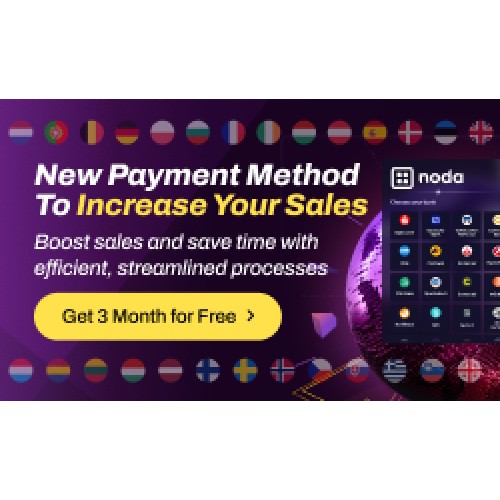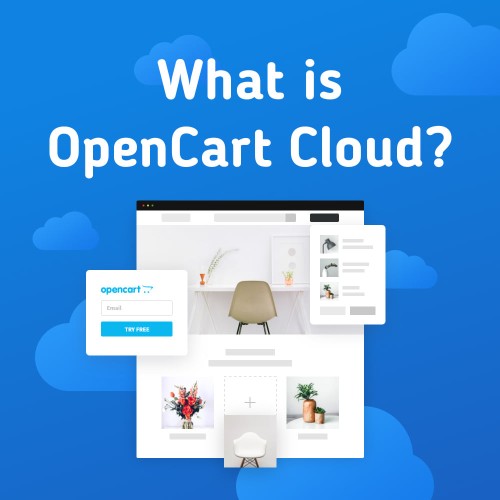Image by Antoni Shkraba from Pexels
As the world becomes increasingly digital, having an e-commerce site is no longer just an option. It’s a powerful outlet that businesses must establish to compete in such an aggressive online world, regardless of their size or industry.
Establishing an e-commerce site offers various benefits to businesses today. It’s a cheap alternative to developing a physical store. Plus, it provides a risk-free and quick way for brands to launch and sell their products.
Are you planning to start your e-commerce site? This guide will explore all the critical steps to build your online store. Read below to learn more.
Essential Steps To Take When Building an E-Commerce Site
Creating an online store is relatively easy. To ensure a successful launch, you must, however, take several actions. The essential steps to setting up an online store are as follows.
Choose your website builder
The best part about creating websites today is that companies can launch their own without learning, completing, and editing any code. A website builder is a program or online tool that allows users to develop and design their websites without any of the tasks mentioned.
Today, there are website builders focused on generating e-commerce platforms, complete with features like payment processing, shipping options, and inventory management. Many of these free tools allow people to develop their websites. However, businesses are advised to invest in enterprise-level platforms to access and maximize every feature available.
Partner with a developer
Hiring a developer is best if you don’t have any background in the field. While many e-commerce builders allow users to generate a site independently, having an expert with you will ensure that your online store functions reliability, uses the right cyber security software for data protection and complies with various online regulations.
Most e-commerce builders allow businesses to access and hire a developer from their internal pool. This professional will help clients establish the site online and design it according to branding.
Meanwhile, you can hire a third party or outside developers to do the steps mentioned. When you do, ensure you equip them with the tools and internal access to establish your online store.
An expert can also help you integrate game-changing features to your e-commerce site, like address validation. This feature allows brands to streamline checkouts and minimize shipping errors by utilizing accurate customer addresses. Providers like Radar.com offer such tools at a price that comes at a fraction of the cost of other vendors. As you set up your online store on platforms like OpenCart, consider all the innovative solutions you can maximize.
Register your domain and choose your hosting
A domain acts as your website’s address on the Internet. To put it simply, think of the Internet as a residential neighborhood. Each house represents a website, and their addresses represent the domain, making it accessible and identifiable to visitors. Meanwhile, hosting is the land or spot in the neighborhood where you will build your “house.”. There are various hosting services to choose from, Ubuntu VPS being among the most popular choices.
Acquiring domain and hosting is crucial to establishing your site online. Most e-commerce builders provide both domain registration and hosting. However, many providers are available online if you prefer getting them from outside. Both options are excellent, and regardless of what you’ll be using, you typically have to pay a small annual fee to keep your site live.
Design your online store
Another excellent part about e-commerce builders is the vast array of themes that users can choose from. With many options available, you can find the right design to fit your branding. These tools often have a drag-and-drop option that allows users to modify the selected templates and add pre-built modules or features to each page.
When designing your ecommerce site, don’t put all your efforts into the storefront. Take the time to build other pages like the About Us, Blogs, and FAQs to elevate your branding and customer relations.
Image by Kampus Production from Pexels
List your products
To complete your e-commerce site, you must produce a comprehensive product catalog that showcases your items in an informative and creative way. During this process, you must gather and combine various elements to make it easier for visitors to understand the products better.
Your product listing must have high-definition photos that capture an item from every angle. Product descriptions must include critical details like dimensions, weight, and material. It must also have details like product options or size and color variations, stock keeping unit (SKU numbers,) and pricing.
Additionally, you must include a stock amount for each product. The good news is that some e-commerce builders provide an inventory tracker that communicates to users if an item has low or no stock.
Set up a payment gateway and tax collection
Choosing the payment processor is crucial because it will act as the financial backbone of your online store. The right one must provide security and convenience. It must be something familiar to most online shoppers to win their confidence and encourage them to purchase on your site. If you plan to go global, you must choose a payment processor accepted worldwide for an expanded reach.
Many e-commerce builders provide built-in payment processors. However, don’t limit yourself to these choices. Various third-party processors are available, offering easy integration and seamless payments.
Determine how to ship products
Shipping also comes standard with many e-commerce website builders, enabling brands with various services, from label printing to delivery. However, if your provider doesn’t offer such services, you must look for the right third-party provider to integrate into your site. The good news is that with the prominence of location-based services, like logistics and delivery, many providers will be available for your business.
Meanwhile, as you set up your shipping services, take the time to determine various policies involved in logistics and delivery, like refunds and returns. These factors are not universal for all e-commerce brands, but you can take inspiration from established online stores to see what’s best for you and your customers.
Test and launch
Testing your e-commerce site is crucial before launching it online. Go through all the buttons and links and check if they work. Going through your site’s buying process, from browsing to payment, is vital. Most e-commerce builders allow users to test their payment processing without charging their cards. Take advantage of this feature to see how your site processes orders.
Moreover, you must go through every product listing. Ensure that there are no defective images or typographical errors in the descriptions. After testing and double-checking everything, you’re ready to go.
Set up social media pages
Hopping on social media is one of the first things you must do after launching your e-commerce site. It’s crucial to help you build brand awareness, advertise your products, and engage with your potential customers.
Today, many social media platforms are available for e-commerce sites. However, not every business needs to be on each one. Brands generally join Facebook, Instagram, and TikTok to widen their reach and creatively showcase their products.
Launch Your Product to the Digital World
Selling online has never been more critical in today’s highly interconnected world. Following the proper steps, like the ones mentioned above, is crucial to launching an e-commerce site that captures branding, functions according to standards, and provides the best services that attract potential customers and gain their trust.




Login and write down your comment.
Login my OpenCart Account